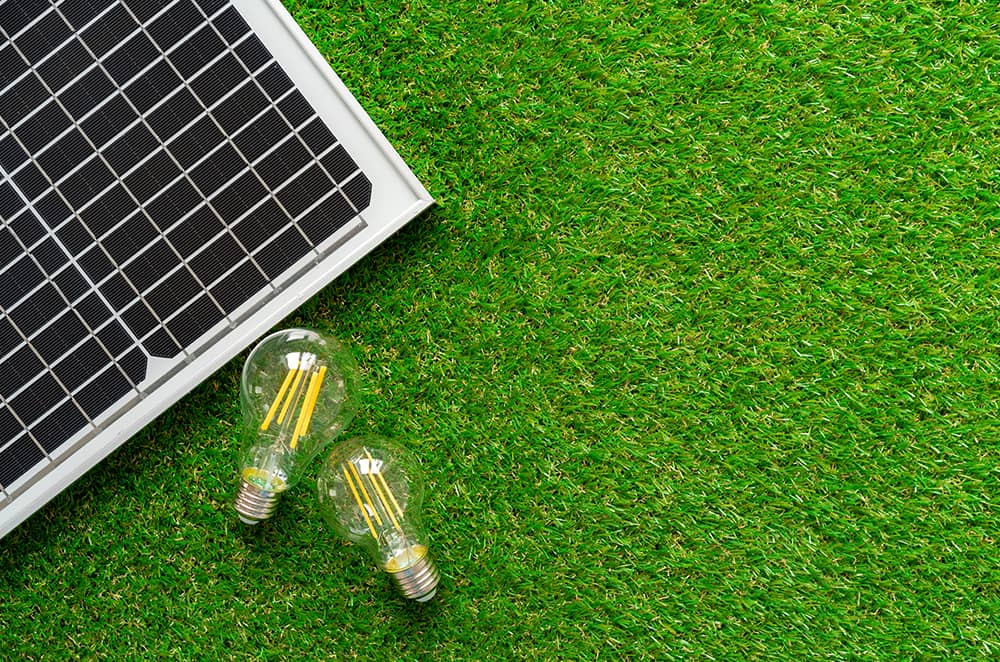
The sun has always been a vital part of our existence. It is the one constant source of light for our entire solar system and helps maintain the balance of planets by keeping them stuck within its gravitational pull. In addition, the light and heat from the sun make all kinds of life possible on our planet. With plants using that energy to grow, and in turn, pass it on to other forms of life through the food chain. Even the excess heat helps sustain the water table, as water constantly evaporates to reach the upper atmosphere and becomes clouds. This makes the sun one of the primary causes of life propagating in this world.
This is a huge concept to wrap your head around. So much so, that most religions across the world consider the sun to be some kind of God, which helps the world flourish. Even as we have moved past these notions on paper, it doesn’t negate the fact that we still use the sun to improve our everyday existence, in various forms, and through various mechanisms. So, let’s take a closer look at solar energy and how we can use it for our own collective benefit and know the objectives of solar enegy.
Solar energy is a form of energy released by the sun in the form of photons, which travel thousands of miles in space to reach our planet. This light also carries the heat of the sun with it, both of which play a vital role in making the earth inhabitable. This light and heat are released as a result of a self-sustaining nuclear reaction occurring in the core of the sun, and since the sun still has billions of years of fuel left, we can truly call it a renewable energy source.
But more than just giving us heat and light, solar energy is also one of the most abundant sources of renewable energy on the planet, which can easily be converted into electricity via photovoltaic cells. Some systems even use special heat-exchange systems to capture the heat, along with the light, for better results. Let’s take a closer look at each of these use cases, and how they can benefit humanity at large.
As we mentioned above, solar energy has a lot of use cases. These range from passive to active, and even indirect capture of energy. Which can be utilized in different forms for different purposes. Let us take a look at the most popular applications that promise the best results.
As you can see, there are many applications of solar energy that we already use in our day-to-day life, yet somehow it still remains one of the most under-utilized forms of energy on the planet. This is mostly because a lot of people aren’t aware of the advantages of solar energy, versus traditional sources of energy know the uses of Solar power system for home. So, why not take a look at all the advantages and see how they benefit us.
In addition to helping us see the world, grow our food, and brighten our homes, solar energy has a lot of advantages that aren’t as tangible, but play a big role in making the case for a shift to renewables. Let us take a look at a few of them to see how we can improve our lives by adopting this form of energy for utility-scale power generation.
These are just some of the advantages that you get when dealing with solar energy. They present a big opportunity in making solar energy seem like a viable option for everyday citizens, as well as government utilities. But before you jump into planning your own solar setup, here are some fun facts that you should know about it.
As solar energy becomes more popular, affordable, and widespread, we are bound to discover more uses, advantages, and fun facts about this form of energy production. Until then, this has been a small but comprehensive look into what makes up the concept of solar energy, and how we can use it to better mankind.
Leave a Reply